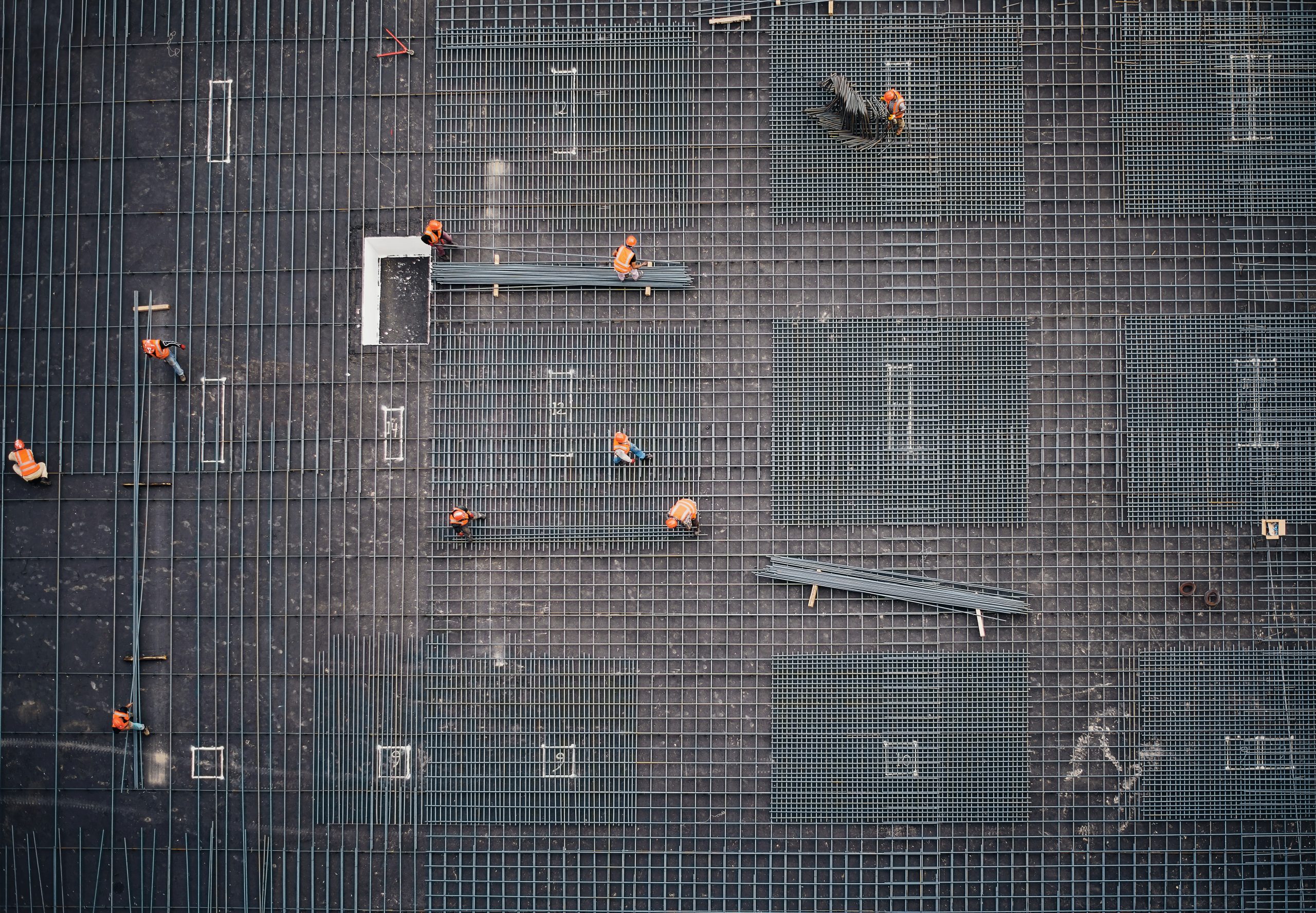Potential areas for misunderstanding are emerging as the construction industry gets to grips with the Building Safety Act (BSA). It is now generally understood that hospitals and care homes are excluded from the BSA’s occupation phase requirements even if the building in question is a ‘Higher Risk Building’ (HRB), as defined in the BSA. By way of a reminder, hospitals and care homes are excluded from the BSA once in occupation, because prior to the BSA, there were already in place safety regulatory regimes, including under the Regulatory Reform (Fire Safety) Order 2005 and a mandatory Quality Care Commission inspection which must be carried out before any patients or residents can occupy.
However, their exclusion from the occupation phase has led to potential confusion in relation to building works to buildings already in occupation, including refurbishment of an existing hospital or care home. It is easy to see why it could be considered that such building works are excluded from the new building control oversight in relation to HRBs. However, that is not the case. Works to existing hospital or care home buildings over 18 metres or seven storeys, (including those which have relevant parts which bring it within the HRB definition) come within the BSA building control requirements now administered by the new Building Safety Regulator (BSR). Broadly speaking, as of 1 October 2023, the construction aspects of the BSA, including the gateway requirements must therefore be complied with, unless the work itself is exempt or is ‘scheme work’ (see below). These requirements are essentially the same as for a new build hospital or care home albeit set out in different parts of the regulations.
This conclusion is arrived at by way of the Building Act 1984 as amended by the BSA and The Building (Higher-Risk Buildings Procedures) (England) Regulations 2023 (the HRB Regs). The BSA and regulations made under it can be difficult for lawyers to navigate, let alone busy developers, construction professionals and contractors, so it is not surprising that there is a lack of clarity on whether building works to hospitals and care homes come within these provisions, particularly as they have perhaps received less attention in the market than residential developments.
Care homes are defined in the BSA and related regulations as buildings which provide accommodation, together with nursing or personal care, for those who are or have been ill, mentally unwell, or dependent on alcohol or drugs or who are disabled or infirm. Hospitals are defined as institutions for receiving and treating those who are ill, convalescing or need medical rehabilitation, or a maternity home. Buildings used for receiving and treating those who are ill, convalescing or need medical rehabilitation, or a maternity home without at least one bed for an overnight stay are not considered hospitals under the higher-risk regime. For example, a general practitioner surgery which does not allow overnight stays would not meet the definition of a hospital.
There is however a distinction in the precise requirements which apply for ‘Category A’ work and ‘Category B’ work, which is beyond the scope of this article to address in detail but which can be found in Regulation 12 of the HRB Regs. This sets out definitions of Category A and B and the detailed requirements in each case. There are also some limited exemptions essentially for minor works such as sanitaryware replacement but only in that case providing that no work is involved to the water or drainage or which prejudice health and safety systems. There are also exemptions for ‘scheme work’. Both sets of exemptions are set out under The Building Regulations 2010 (legislation.gov.uk) (see Schedule 2 for the general exemptions and Schedule 3 for what is meant by self-certification and third party scheme work).








